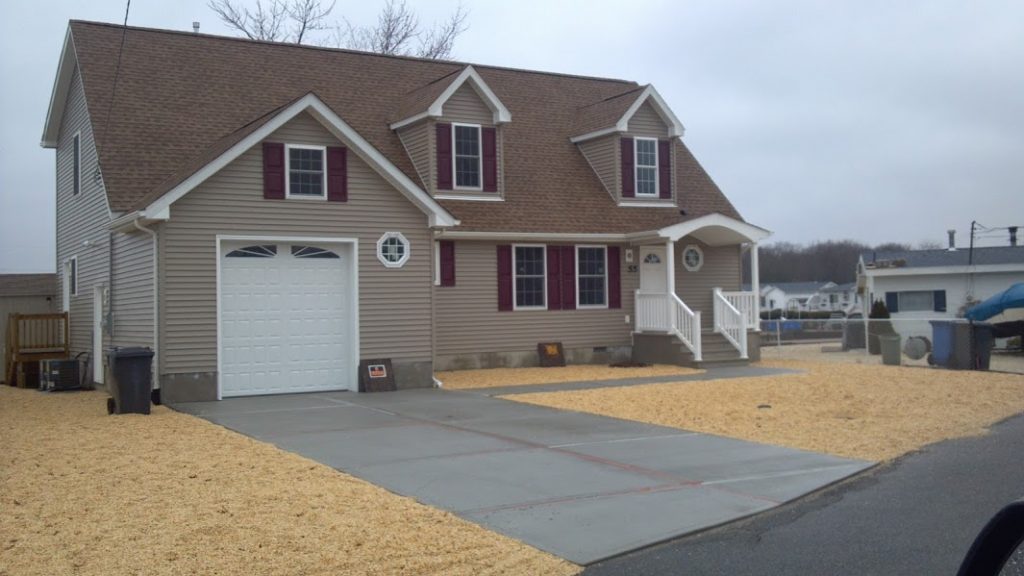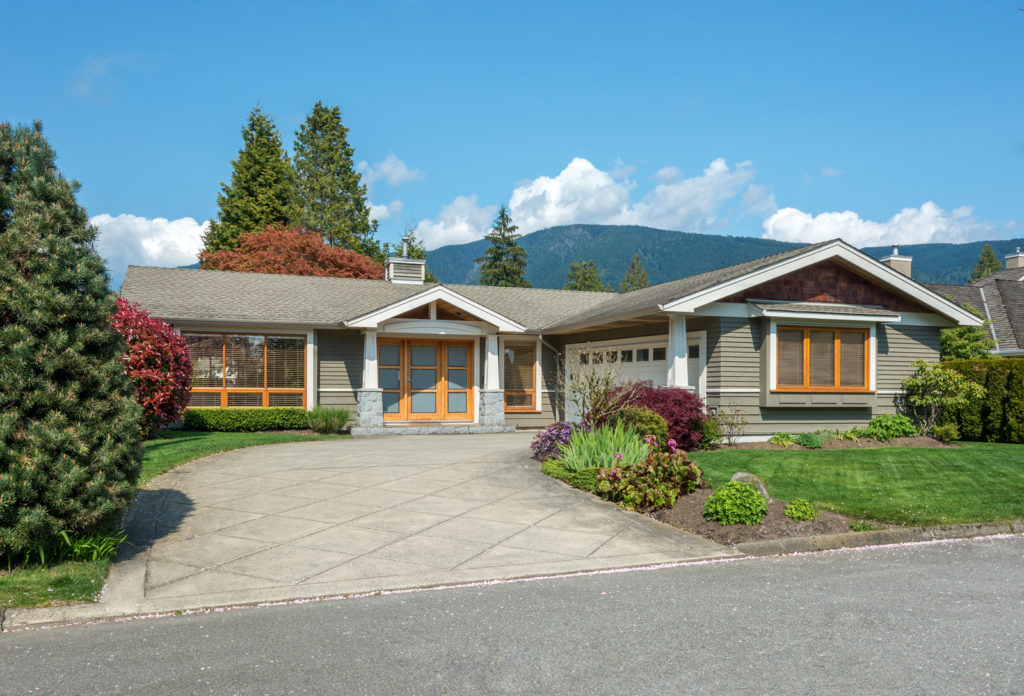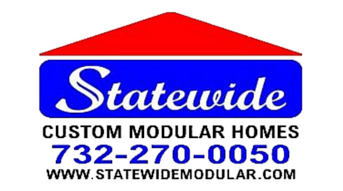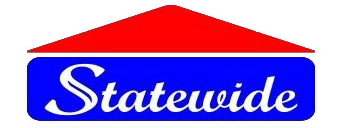Mobile, Manufactured and Modular Homes – What’s the Difference?
Building or buying a new home is a big deal. There are so many options and decisions to be made. Prospective homeowners are often overwhelmed with all the choices, especially if they haven’t limited themselves to a traditional stick built home. When considering mobile, manufactured and modular homes among their choices, it can become particularly confusing.
When doing research and reading all the information online about these three different types of homes, the boundaries between them begin to blur. Sometimes it even sounds like they are all pretty much the same. They are not, each is different. With just a quick glance at the exterior, they may appear the same. There are subtle and obvious differences inside and out between the three types of homes.

Whether you are looking to buy your first home or are ready to invest in that summer home at the shore you always wanted, this should help to clarify the differences and similarities between mobile, manufactured and modular homes.
Mobile Homes
Many people think mobile homes are any fabricated home that is not completely built on site. The fact is mobile homes have not been made since 1976. This was the year HUD set forth new and safer construction and installation standards for all factory built homes.
This doesn’t mean they aren’t still around but you won’t find any brand new mobile homes for sale.You will probably see older models in mobile home parks or on an owner’s land.
The mobile homes have steel I-beams that run along the structure. These I-beams typically rest on top of concrete blocks, wooden pillars or metal stands. In some cases, you will find mobile homes which situated on top of a permanent concrete foundation.
Manufactured Homes
Simply put, manufactured homes are the new and improved version of mobile homes.They are built to new and higher HUD safety standards implemented in 1976. Like mobile homes, manufactured homes are built and shipped on flat bed trucks in 10’ to 12’ foot sections. These sections are joined at the site where they will reside. They may remain temporarily or permanently on that site.
Once connected to power and utility lines, manufactured homes do undergo a local code inspection but only to review and inspect these utility connections. The building structure itself is not required to be inspected.
Modular Homes
Unlike manufactured homes and the mobile homes that preceded them, modular homes are now considered to be the pinnacle in factory-made housing. Built to the same or higher standards as traditional stick built homes, modular homes do not require the same amount of time or physical energy needed to build a home on-site from scratch.
Compared to traditional stick built homes, construction time and costs can be significantly reduced, sometimes even by as much as 50 percent. Because modular homes are built in factories, there are no additional costs for material damages or work stoppage due to rain, wind, or snow.
Modular homes are built to high standards, sometimes even higher standards than that of stick built homes. They are shipped from the factory on trailer frames, joined on-site and set on a foundation, crawlspace or pilings. If it is a multi-floor modular build, the help of cranes will be required to lift and position the home. The modular home must then be inspected. It must meet all build codes and all the power and utility connections must be approved, inside and out.

Let’s Review
- Mobile homes are the original movable home. They were no longer produced after 1976. Just like manufactured homes, two or more single units could be joined together to create double and triple wide structures.
- Manufactured homes are the new and improved mobile homes. They are built to higher construction standards than their predecessors and meet the new HUD requirements implemented in 1976. These homes can be joined and are installed on either a temporary or permanent foundation.
- Modular homes and traditional site built homes can look identical once completed. Modular homes are joined on site and can be single or multi stories high. Once completed, they are set on foundations, crawlspaces and or pilings.
It’s a good idea to do your research and check out all your options before making that big decision about your new home. The experts at Statewide Custom Modular Homes can explain everything you need to know about modular homes. With multiple floor plans and customization options, a modular built can easily create the home of your dreams. Check out our online gallery or give us a call to set up a consultation.



